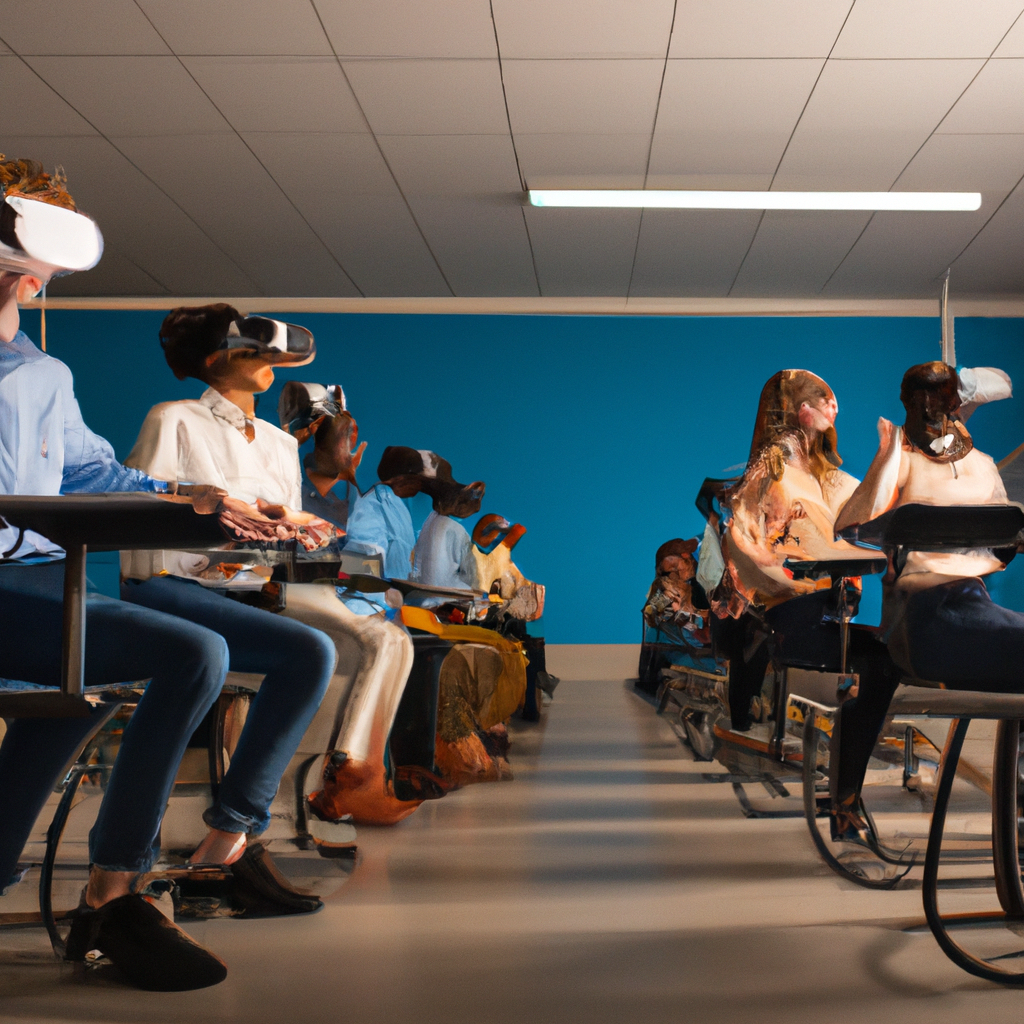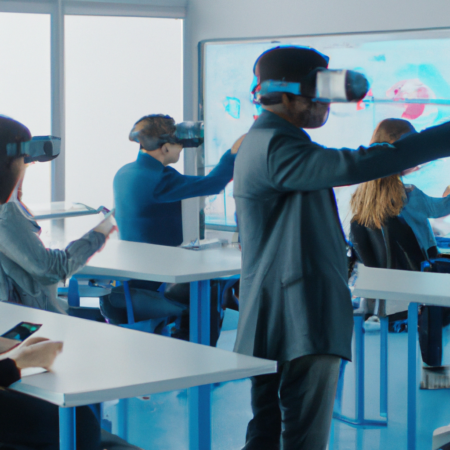Revolutionizing Education: How Virtual Reality is Transforming Learning in 2025
As we navigate the second quarter of 2025, the integration of Virtual Reality (VR) in educational settings has transcended past gimmicks and is now a fundamental component of modern learning environments. This blog explores the impactful ways VR is reshaping the educational landscape, enhancing both teaching methodologies and student engagement.
The Rise of VR-Enabled Classrooms
Across global educational institutions, VR technology has been rapidly adopted to create immersive learning experiences that are not only engaging but also highly effective. Schools and universities are utilizing VR to simulate complex scientific experiments, historical events, and even virtual field trips to inaccessible locations, making learning more interactive and expansive.
Benefits of Virtual Reality in Education
- Enhanced Engagement: VR’s immersive nature captures the attention of students more effectively than traditional teaching methods.
- Improved Retention: Students remember information better when they learn through experiences and simulations.
- Accessibility: VR makes education more accessible, allowing students to explore worlds and experiences that were previously out of reach.
Challenges and Considerations
Despite its benefits, the integration of VR in education comes with challenges. These include the high costs of VR equipment and the need for robust digital infrastructure to support it. Additionally, educators must be adequately trained to effectively incorporate VR into their teaching practices.
Looking Ahead
As we look toward the future, the potential for VR in education continues to grow. Innovations in VR technology promise even more realistic and engaging educational experiences, potentially changing the face of education forever.






